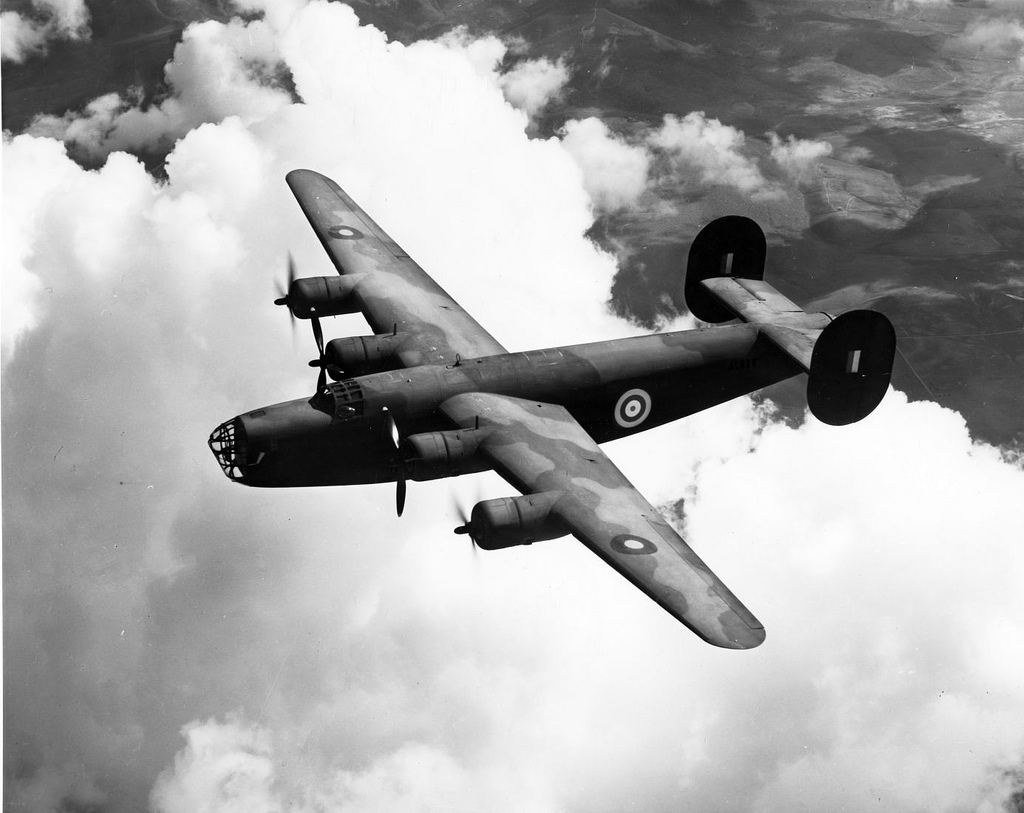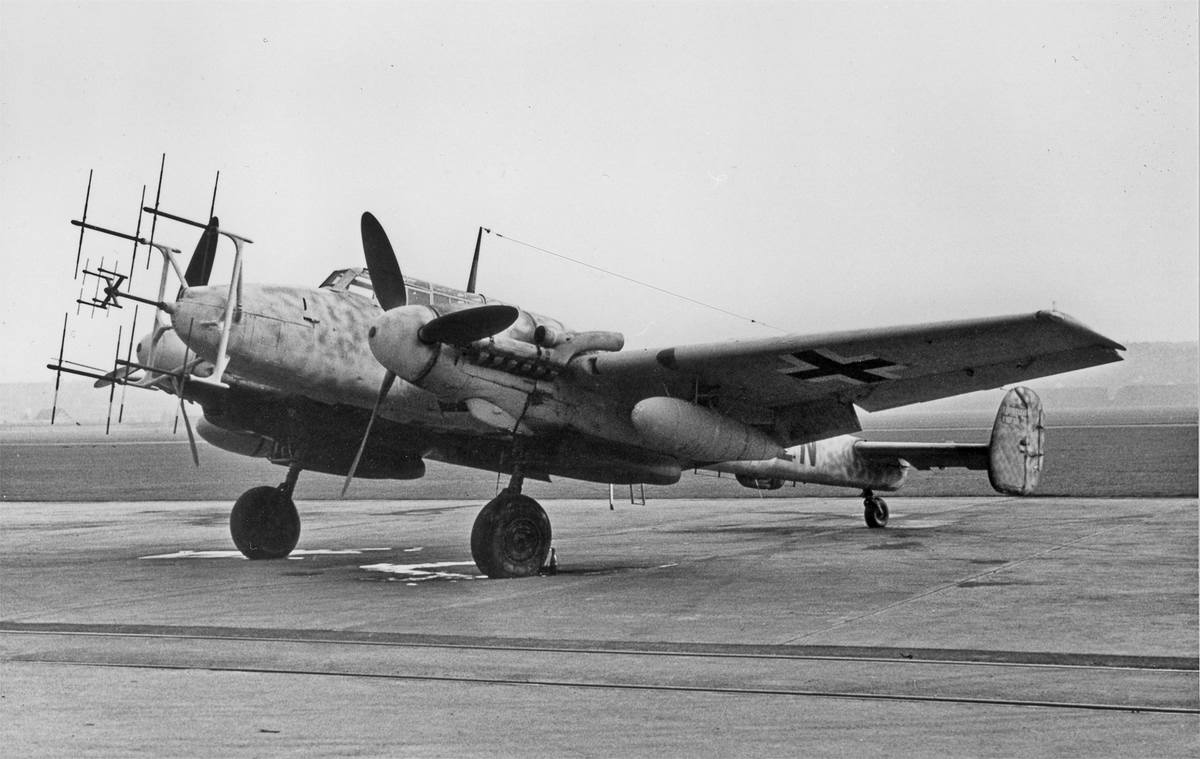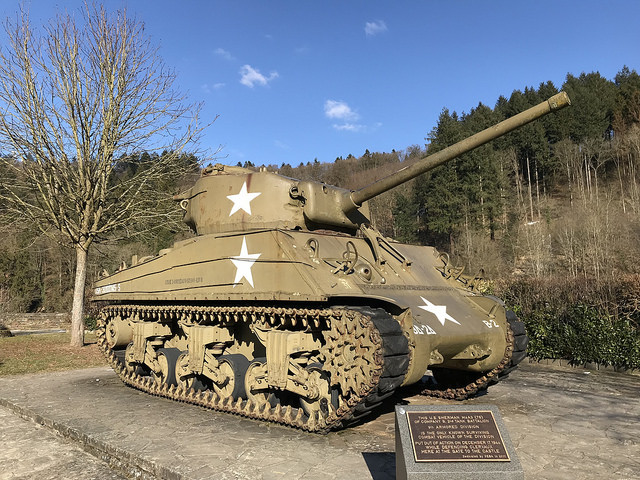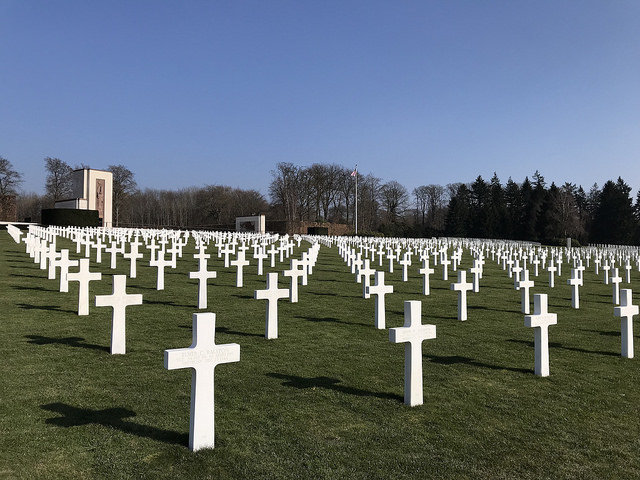Many visitors to the Schindler Factory Museum in Krakow stop for a moment to read the inscription on a plaque commemorating the crew of a B24 Liberator which crashed onto the barrack area in the factory compound (other parts of the aircraft landed on the far side of the River Vistula).
The aircraft from 178 Squadron (KG933) was involved in a large-scale operation to supply Polish Home Army forces involved in the Warsaw Uprising. Very few of the visitors who stop to look at the plaque are aware of the circumstances which led to the aircraft crashing, even less the fate of the surviving crew members.

At 17.00hrs on 1 August 1944, a bomb exploded in the headquarters of the Krakow Gestapo. This explosion signalled the beginning of the uprising. Within hours, an urgent appeal for supplies was sent out to London by the Poles.
Whilst this appeal received a sympathetic hearing, the practicalities of ferrying supplies by aircraft presented serious difficulties. Warsaw lay approximately 1,500 km from London, a long and perilous journey across flak-infested skies. An additional hazard was that the aircraft involved would have to expose themselves by flying in at low speed and low altitude over the designated drop zones.
There was no other alternative as it was imperative that the precious supplies didn’t fall into German hands. Whilst the problem of distance could be solved to some degree by flying from Italy, the remaining imponderable was the vulnerability of these slow lumbering aircraft as they made their approach to the drop zones.
At approximately 19.55 hrs on 17 August, KG933 took off from Foggia in southern Italy. The designated drop zone (Nida 504) was near the city of Piotrkow (120 km north of Krakow).
There were no incidents on the outbound leg and the drop went as planned. However, as the plane was heading homewards via Krakow it was picked up by a German night fighter (Bf 110 of 1/NJG-100) piloted by Oberfeldwebel Helmut Dahms. In his subsequent report, he claimed two Lancasters shot down (one over Ratibor, the other over Krakow).
It can be said with a high degree of certainty that the Lancaster which he claimed to have shot down over Krakow was in fact KG933.
The burning aircraft was picked up by searchlights in Krakow’s factory district. It was then hit by flak which caused it to disintegrate in mid-air.
The tail section landed over on the far side of the Vistula on the old abattoir, whilst the main fuselage crashed onto the abandoned barrack area of the Schindler Factory. Three crew members were killed outright (Squadron Leader Liversidge, Flight Lieutenant Wright and Flight Sergeant Clarke). Miraculously, three others survived. Sergeant Blunt and Sergeant Helme became prisoners of war in Stalag Luft VII, their war effectively over.

As for the other survivor, landing in a field approximately twenty-four km east of Krakow was the start of an incredible six-month odyssey. Despite being wounded in his arms and legs, Flight Lieutenant Hammett managed to evade capture for two days.
Then, by a stroke of luck, he was able to make contact with a local partisan group. By late September he had fully recovered from his wounds. He then took an active part in partisan operations from a base in the woods near Slaboszov.
The following month, his group shot down a German scout plane. The German authorities then sent out a force of 100 Ukrainian auxiliaries to hunt down and destroy the partisan group. A fierce firefight ensued with heavy casualties being inflicted by both sides. Hammett survived and later took part in an attack on a barn where several of the Ukrainians were hiding out.
In November, Hammett was moved to a safe-house near to the partisan’s base. Here, he was later joined by two former British POWs. The area was finally liberated by the Red Army in mid-January.
On 23 February, the Soviet authorities placed him in charge of a large group of POWs who were to be transported by train to the port city of Odessa. On arrival, Hammett and the group boarded the SS Moreton Bay for their repatriation to England.
The plaque commemorating the three crewmen killed can be seen on the Understanding the Holocaust and Story of Anne Frank and Oscar Schindler tours at the Schindler Factory Museum.





